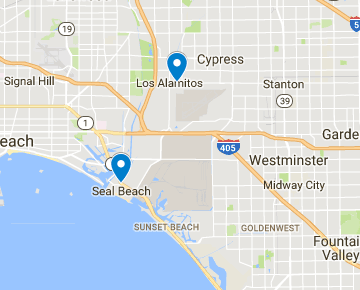Is That a Plantar’s Wart?

Caused by HPV, plantar’s warts may make walking painful. But there are several treatment options that will eliminate the wart.
A plantar’s wart — a painful, circular sore on the bottom of the foot — is often mistaken for a callus or a wound from a splinter. Yet a plantar’s wart has several characteristics that distinguish it from other, similar-looking conditions.
For one, a plantar’s wart is round, flat, and covered by a patch of crusted skin. If you look closely, the skin lines on the foot are broken by the wart. Within the wart are clotted blood vessels that look like black dots. A callus, on the other hand, doesn’t have black dots and grows within the skin’s lines. Those specks of black may also lead you to believe you have a splinter, but you probably don’t.
The main symptom of a plantar’s wart is pain when walking. The warts typically appear on the heel or ball of the foot, and you may have more than one. Plantar’s warts aren’t caused by an injury, but by human papillomavirus (HPV), an infection that enters the foot if you spend time in communal areas like a locker room or swimming pool. Such warm, moist environments are breeding grounds for HPV.
Most plantar’s warts dissolve without treatment. If the condition becomes painful and the warts don’t diminish, you can treat them with at-home remedies or a visit to a foot specialist.
Treating and Preventing a Plantar’s Wart
Over-the-counter salicylic acid solutions applied to the wart gradually clear away the sore. Though salicylic acid is available in drugstores, your doctor can prescribe a higher concentration, if needed. Salicylic acid comes in liquid or patch form, and must be re-applied over several weeks to completely eliminate the wart. If you decide to use over-the-counter salicylic acid, you should still check with a doctor to make sure you’re using the solution correctly. Incorrect application could harm your foot.
If OTC treatments don’t help, a foot specialist may perform cryotherapy. During this procedure, liquid nitrogen is spread over the wart to freeze it. Dead skin forms around the wart, which eventually disappears. As with the salicylic solution, you may need more than one cryotherapy treatment.
Which method is better? According to a 2011 study, salicylic acid and cryotherapy were found to be “equally effective” in removing plantar’s warts. You doctor can explain your treatment options or deduce whether your wart simply requires regular monitoring.
People with diabetes must be especially vigilant about their foot health because the chronic condition makes it difficult to feel pain in the foot. Any sore or wound on the foot should be immediately checked by a foot specialist if you have diabetes.
Although treatment successfully eliminates a plantar’s wart, you can take measures to prevent one from occurring. Here are three tips to keep your feet free of a plantar’s wart:
If you frequent a locker room, community swimming pool, or any public area, wear shoes to protect yourself from HPV.
Ask your doctor for the HPV vaccine.
If you have a wart, change your shoes and socks daily, cover your wart, and wash your hands often to prevent the spread of the virus.
We Can Treat Your Plantar’s Wart
Alamitos-Seal Beach Podiatry Group specializes in foot disorders, including plantar’s warts. Don’t let foot pain interfere with your daily activities. Visit us for an examination and to learn your treatment options. Book your appointment today.





